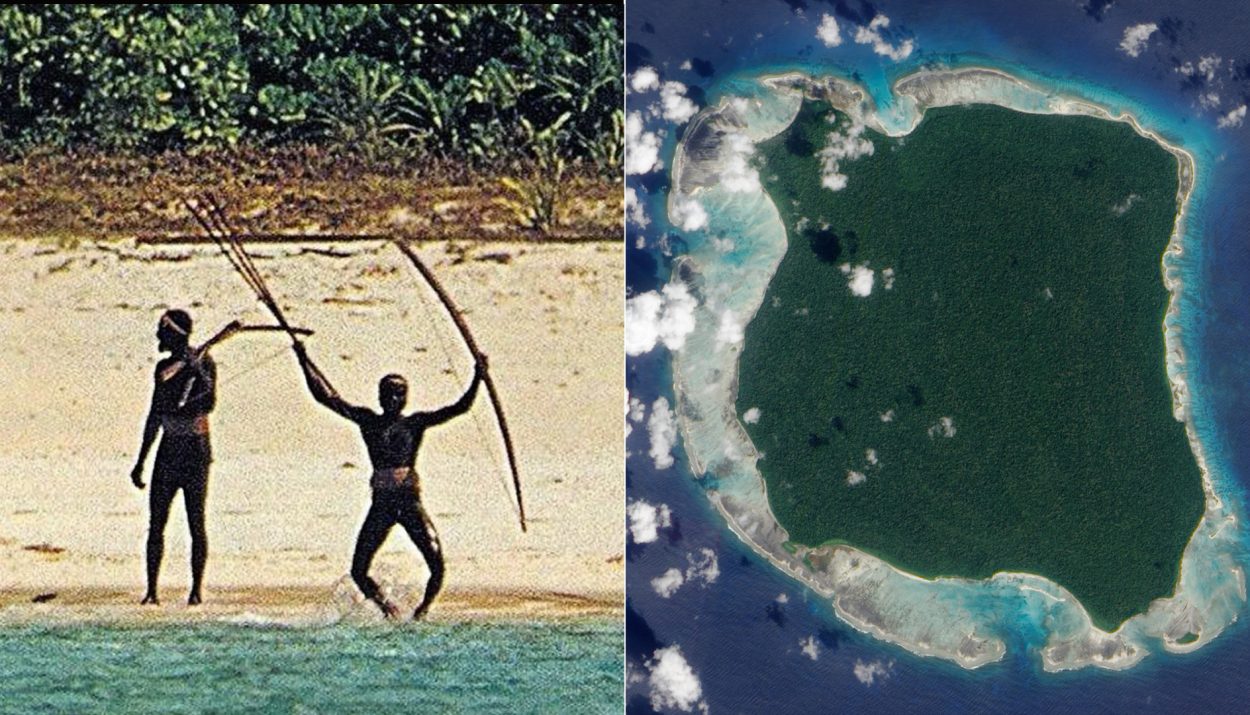Out in the Indian Ocean, in the Bay of Bengal, is a singularly interesting island whose people have existed untouched by civilization for thousands of years. The Sentinelese are a secretive people, but every now and again, they show up in the news. Who are they really, and what do we know about them?
Welcome to North Sentinel Island
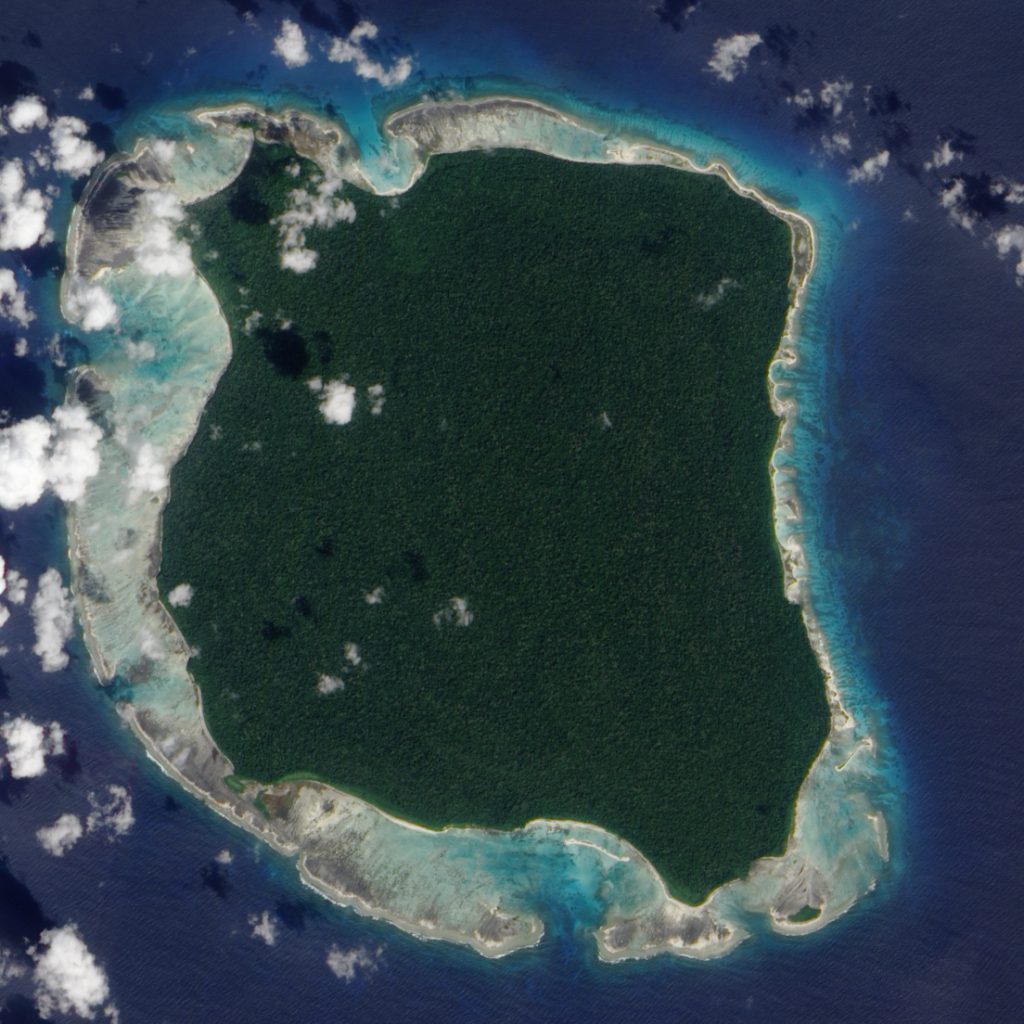
North Sentinel Island, veiled in mystery, is a verdant jewel adrift in the Bay of Bengal. Cloaked in lush foliage and guarded by the enigmatic Sentinelese tribe, this isolated haven remains untouched by modernity. The island forms part of the Nicobar and Andaman Islands chain, but it is the only one to which travel has been forbidden to the public.
Travelers are advised to avoid the island because the Sentinelese are very protective of their homeland – so much so that they have no problem killing people who show up on the island. There have been numerous stories about the deaths of people who disobeyed the “no traveling” order. Despite these deaths, travelers still brave the tribe.
Not A Recent Phenomenon
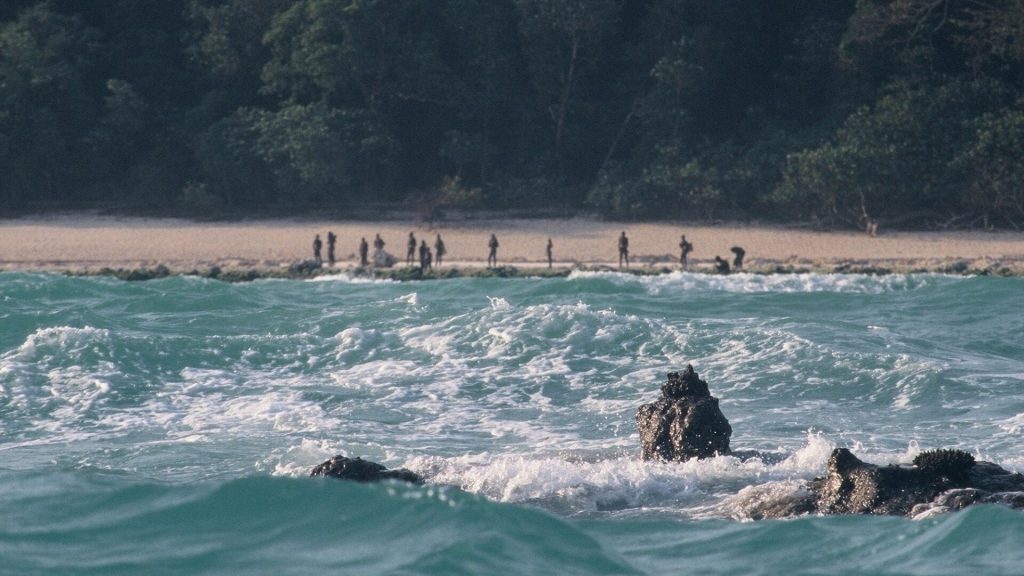
While the Sentinelese have attacked people who unwisely traveled to the island, it’s not new behavior for these isolated people. They have ventured out from the island and even attacked passing boats when they got within throwing distance of the shore as well. Helicopters sent to check the island after the 2004 tsunami were also fired on.
This behavior isn’t a new occurrence, however. Reports going back to the 1800s describe the native population as hostile to those landing on the island’s shores. An Indian merchant ship was wrecked on the coast in 1867 and spent days fending off the natives until they were rescued.
Not The Island’s Only Residents Either
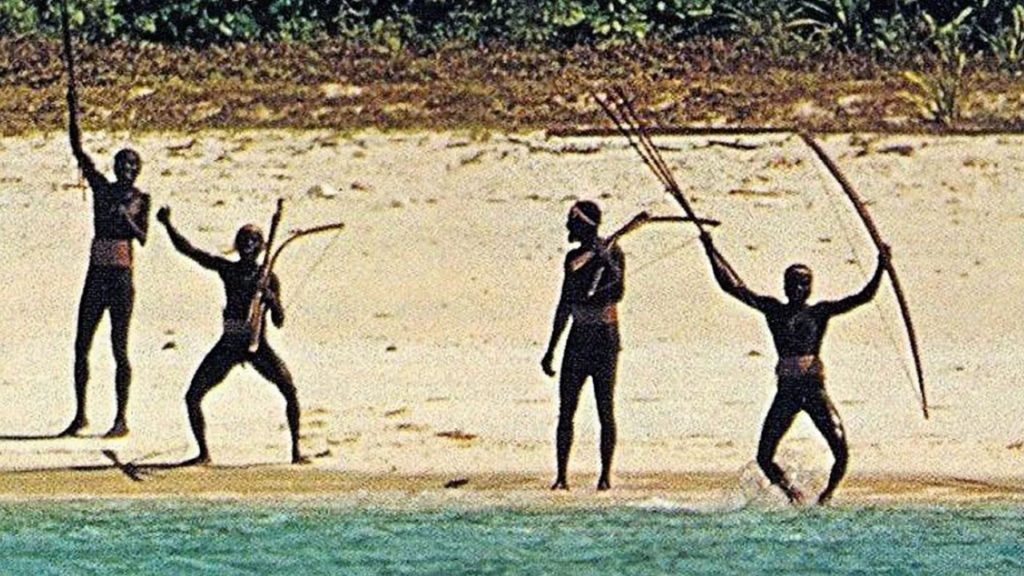
It would be convenient to think that the Sentinelese were the only tribe on the island, but they aren’t. North Sentinel Island plays host to two uncontacted tribes. The other tribe, the Shompen, doesn’t seem to care about the approaches of civilization either.
It is the Sentinelese that are more aggressive towards outsiders. Most recently, a Christian missionary from the US tried to make contact in his effort to spread his religion to the tribe. They killed him, as would be expected from a tribe that has shown their willingness to do so in the past.
Who Really Are the Sentinelese?
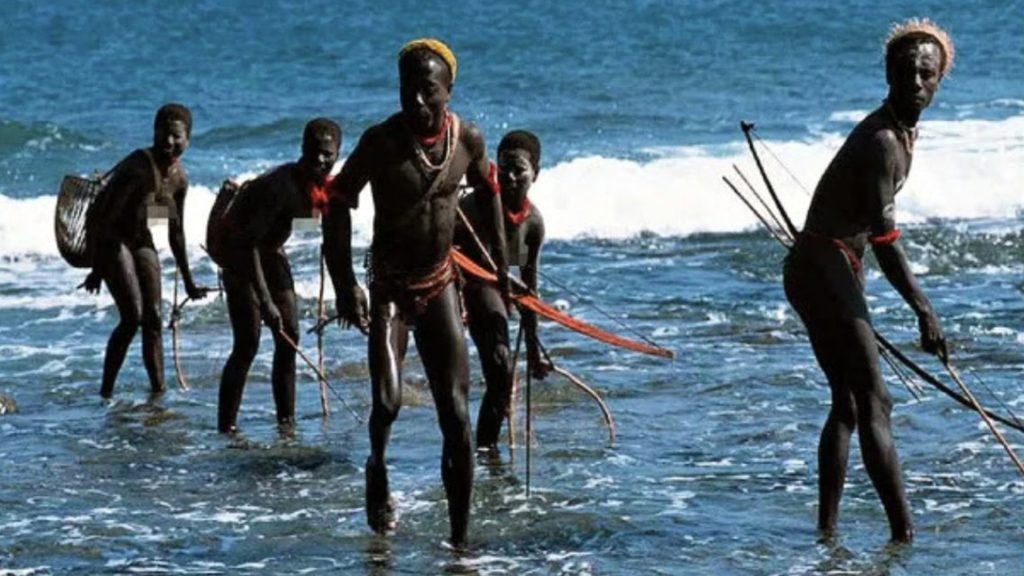
Since the tribe remains uncontacted and unstudied, most of what science can tell us about the tribe is based on observations of their actions and interactions from afar. They are a hunter-gatherer society reminiscent of human settlement in pre-recorded history.
Observations have noted that the tribespeople seem healthy, and the population continues to grow. They primarily hunt with bows and arrows and sometimes build narrow boats for fishing in the island’s coastal waters. The boats are not seaworthy, and the Sentinelese have never used them to pursue visitors outside the coastal region.
Several Victims Over the Years

The Sentinelese have been killing potential visitors for centuries. An 1896 record notes that the indigenous people murdered and slit the throat of an escaped British convict from the mainland. In 2006, they hacked a pair of hapless fishermen who were illegally harvesting crabs off the coast of their island.
One of the most recent cases was that of John Allen Chau, who traveled to meet the Sentinelese illegally. His diary suggests that he thought he was progressing in converting them to Christianity. Sadly, the Sentinelese didn’t take to his religion and eventually murdered him after a few days of contact.
How Did John Allen Chau Get To The Island In the First Place?
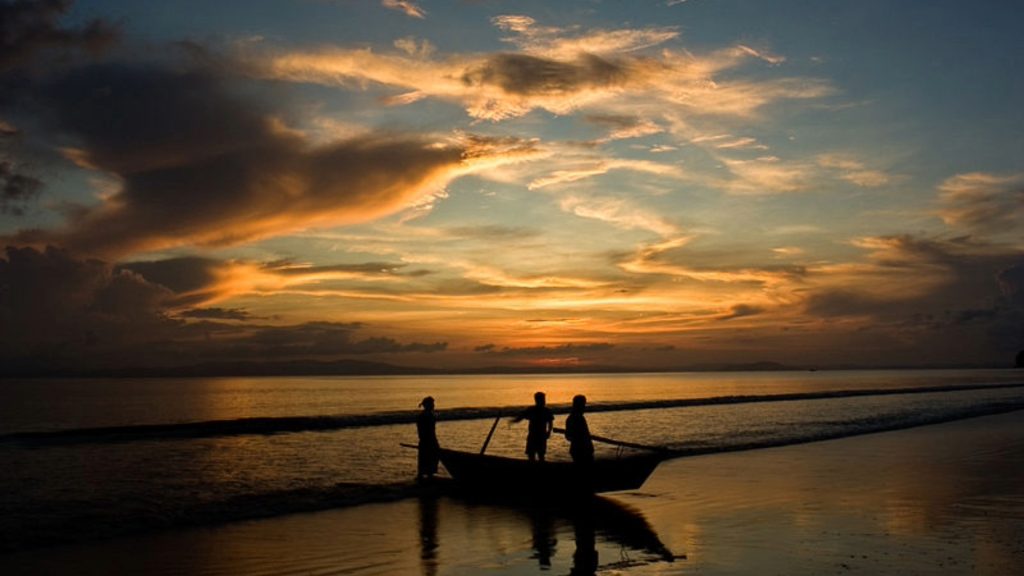
The Indian government declared the island off-limits to anyone when John Allen Chau visited. However, a few enterprising fishermen would occasionally sail over to the island to fish or crab. Paying one of these fishing vessels was his ticket to the island.
While there, Chau’s diary shows he had made contact with the tribe. He engaged in some interaction with the tribe, but unfortunately, he must have done something to make them hostile toward him. Fishermen reported seeing his body being buried on the shore a few days after he was deposited on the island.
Divided Notions About Chau’s Death
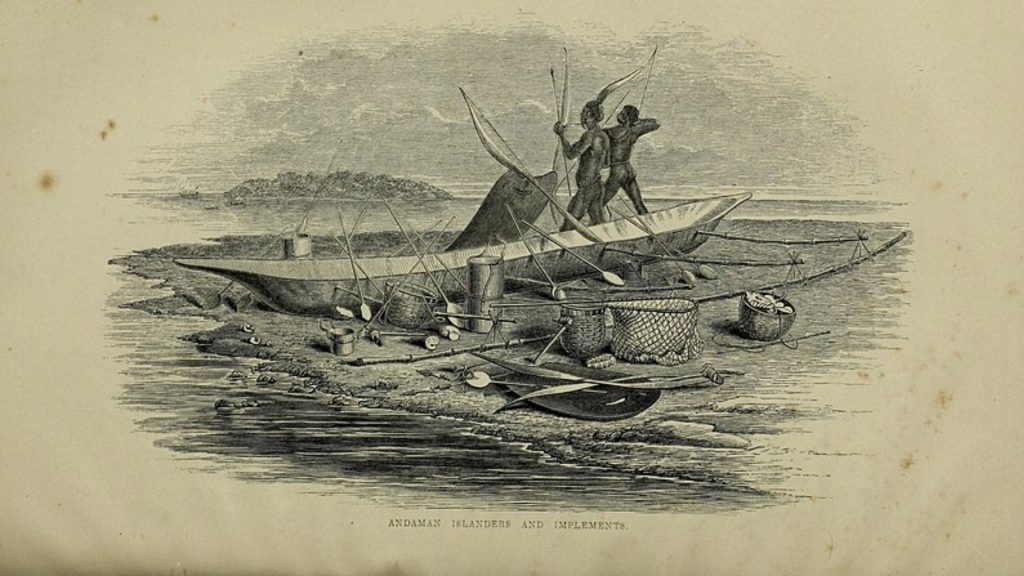
As the most recent victim of the Sentinelese, Chau’s death made headlines around the world. The nature of his demise was unique since it was said he had made the trip to the island to convert the islanders to Christianity. Some Christian denominations disavowed his actions, while others called for the killers to be brought to justice.
The Indian government put rules in place to protect outsiders and the Sentinelese. As Chau had broken the rules, the government had nothing they could do since they would not prosecute the Sentinelese in a court of law. The government’s approach has always been “hands-off, eyes-on” the tribe.
Not In The Stone Age
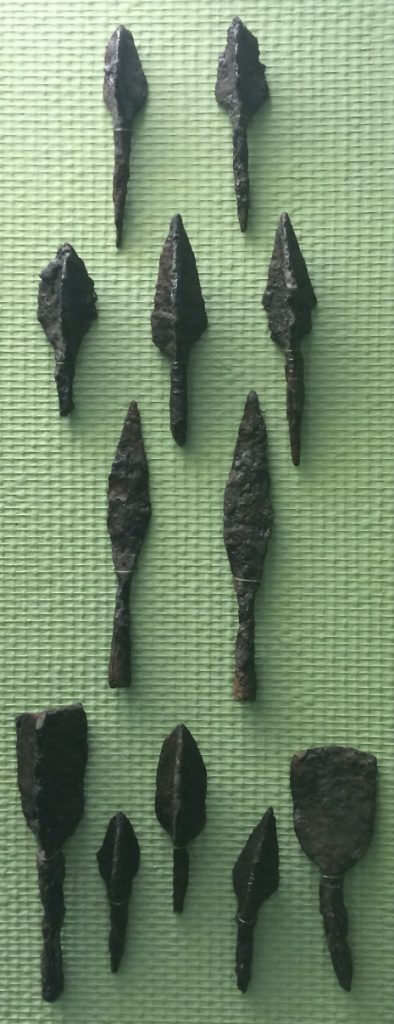
Some articles online have described the Sentinelese as being “stone-age people,” but that’s far from the truth. Research has suggested that the tribe uses iron, usually salvaged from shipwrecks. Some of this iron is refashioned into arrowheads for hunting (or deterring curious tourists).
The information we have from the tribe comes from an Indian anthropologist named T. N. Pandit. He contacted the tribe in the early 1990s and wasn’t harmed, allowing him to observe and document what we now know about the tribe. However, since Pandit’s visit, no others have been allowed to approach.
So, How Old Is the Tribe?

Anthropologists studying the tribe suggest that they may be around 60,000 years old. For comparison, about 60,000 years ago, Europeans were carving ivory into statuettes but hadn’t yet figured out the benefits of agriculture. This period is known as the Upper Paleolithic.
Since India’s independence, the island has formed a part of its holdings. India claims it deposited a stone tablet on the island’s beach to claim it, but there is no record of how the Sentinelese took this development. The island and its neighbors have been protected under the Restricted Area Permit (RAP).
Then Why Do We Think They’re From the Stone Age?

A lot of modern media has painted the Sentinelese as being simple savages, but much of it comes from a fundamental misunderstanding of how societies exist. Many Western media outlets portray anything that isn’t modern society as part of the past or the “stone age,” even though it isn’t.
While the Sentinelese don’t have running water or electricity, they are quite sophisticated in other ways. They’ve learned to build structures without anyone showing them how. They’ve also developed unique ways of fishing, hunting, and boat-building, allowing them to travel out to the edge of their island’s coastal region.
Why Do They Act This Way?
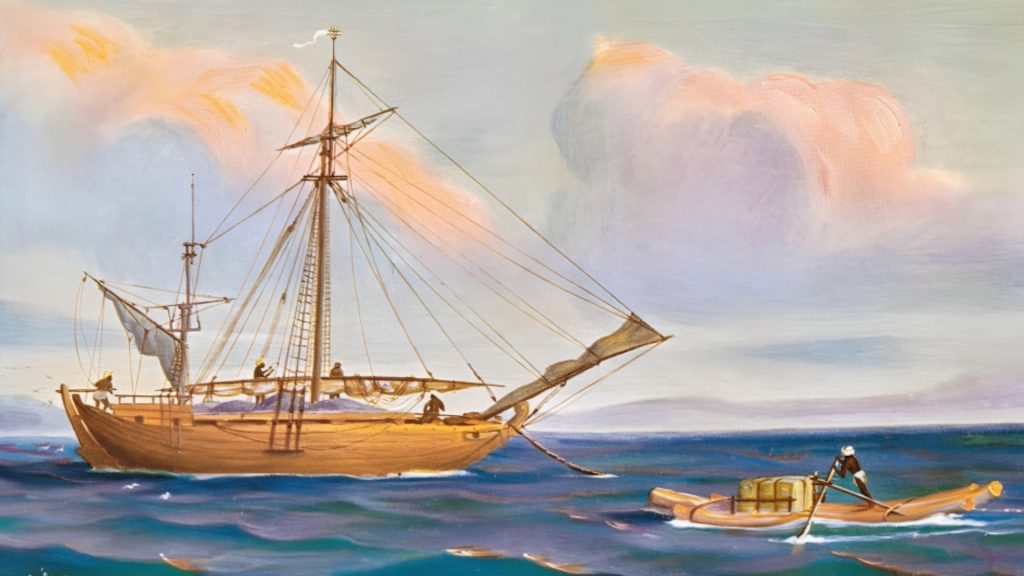
Since Pandit didn’t understand the Sentinelese language, he couldn’t communicate clearly with them or ask them about their hostility. Yet, he felt that the tribe wanted to hold onto the ways of life they knew and were familiar with, even to attack those who would challenge it.
Sources suggest that in the 1800s, a British ship abducted a handful of Sentinelese for study. While most of the abductees were returned unharmed, this act may have galvanized the local population against outsiders. They would have good reason to doubt that colonial powers had their best interests in mind.
Not a Very Large Population
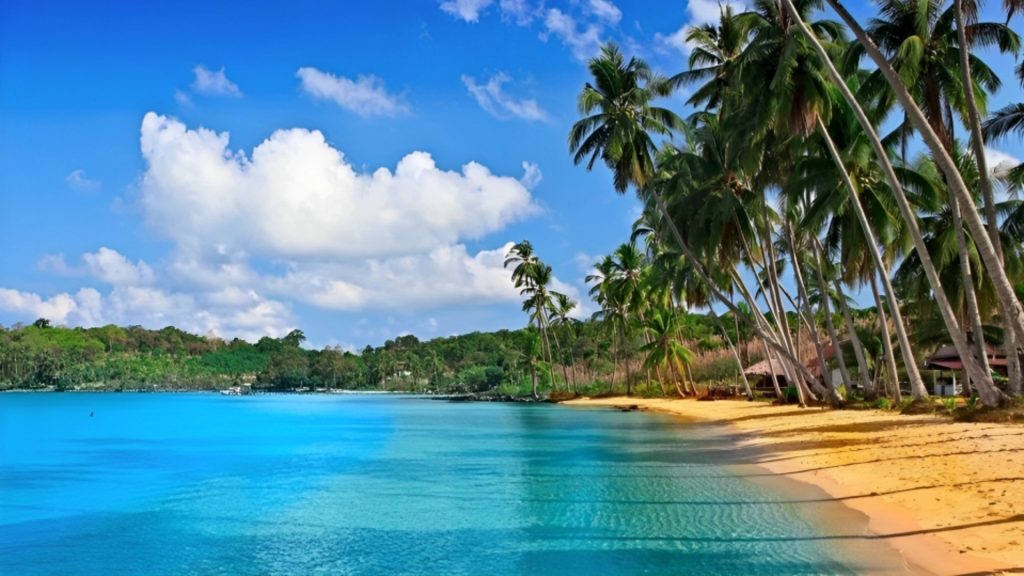
The island isn’t a very big place, with calculations putting its size at around 8 km (5.0 miles) long and 7 km (4.3 miles) wide. That works out to about 60 square kilometers (23 square miles), close to the area occupied by Manhattan Island.
In this small area, the population can’t get too large. Most estimates put the local Sentinelese population at between 50 and 200 individuals. By modern standards, that is a tiny population, but the tribe’s isolationism makes that even more precarious.
A Potential Hotbed of Disease
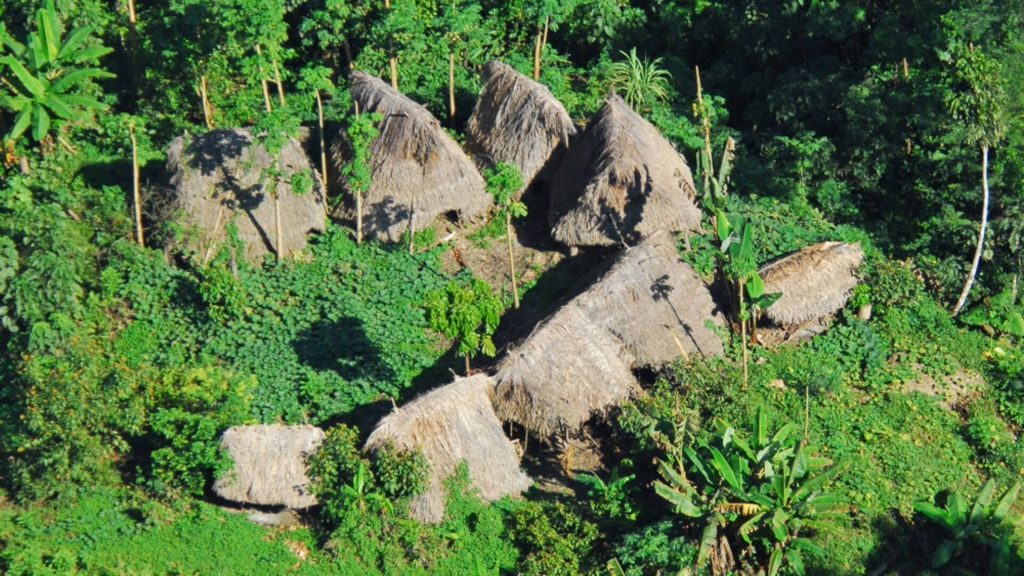
Modern people usually get vaccinated at an early age to avoid the spread of common diseases. Uncontacted tribes such as the Sentinelese don’t have vaccinations, meaning that even a very simple common cold could be devastating for them. It would spread like wildfire in the small villages.
One of the reasons the Indian government made it illegal to visit the Sentinelese is to protect them from this problem. Another reason was to ensure that the aggravated tribespeople wouldn’t kill people who encroached on their island fortress. This seems to be working for the most part, but no one knows how much longer that will keep on going.
Thrill Seekers and Tourists Threaten Their Existence

The most recent reports have shown that there has been an increased presence of visitors to the coastal waters around North Sentinel Island. Some of these have been thrill-seeking fishermen or visitors who want to get as close a glimpse of the island as possible.
Tourism development in the other islands in the Nicobar and Andaman chain has made it much easier for tourists to approach North Sentinel Island. Again, these tourists may be carrying diseases that could easily wipe out the Sentinelese if they were to appear in the population.
Further Threats From Encroaching Tourism
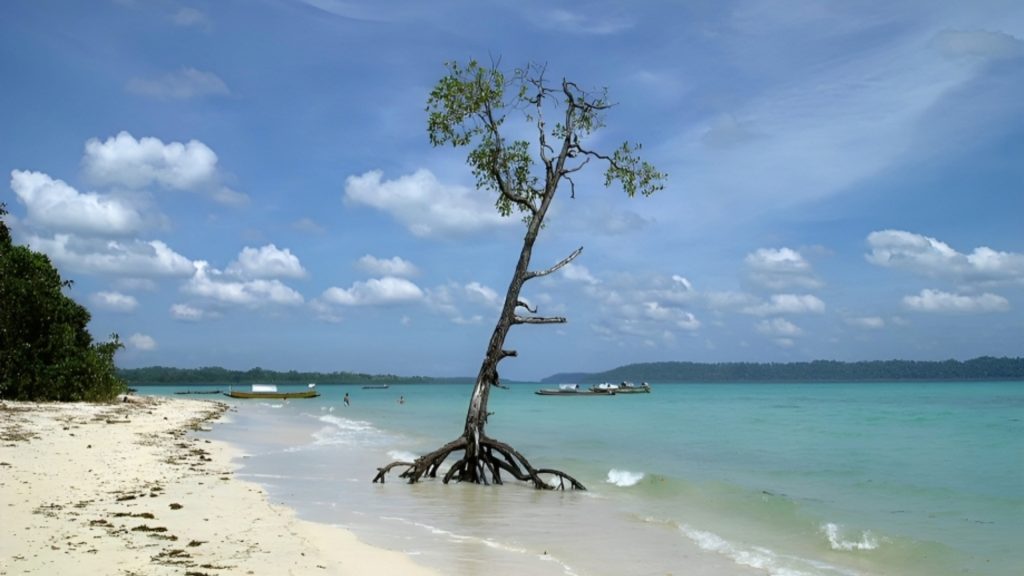
In 2018, the Indian government reduced protections provided by the RAP to boost tourism revenue for the islands. Under the new regime, visitors are allowed to the island but only if they have pre-approved clearance from the government. This, of course, does not consider what the Sentinelese want.
The Andaman and Nicobar chain islands are gorgeous and could have a lot of tourism potential. The Indian government has seen this potential and intends to exploit it. Recent developments have seen the government fell almost a million trees on Great Nicobar Island to develop it for tourism.
How Could The Sentinelese Join Modern Society?

Most anthropologists who have studied the tribe have noted that their approach to outsiders is not unique among uncontacted tribes. There has been a push from some quarters to incorporate the Sentinelese despite their ongoing hostility toward outsiders. Anthropologists consider this a bad idea.
Because of their isolation, lack of protection from modern diseases, and unfamiliarity with how the world works, it’s unlikely their simple existences would mesh well with the contemporary world. For now, their isolation is keeping them alive, but the tribe itself may be in danger of dying out eventually.
A Slow March Towards The End

There are not many Sentinelese left. Census records for the area are evidently quite rare, but they put the number at between 80 and 150 people. Over the years, with fewer and fewer genetic diversity in the area, the population may be facing an existential crisis from their own isolation.
In small communities like North Sentinel Island, the genetic diversity comes from a small handful of people. Children are born as related to others of the tribe. As the number of children decreases, there is less and less chance for continued diversity and more opportunity for a single disease to wipe the entire tribe out.
The Future of the Sentinelese
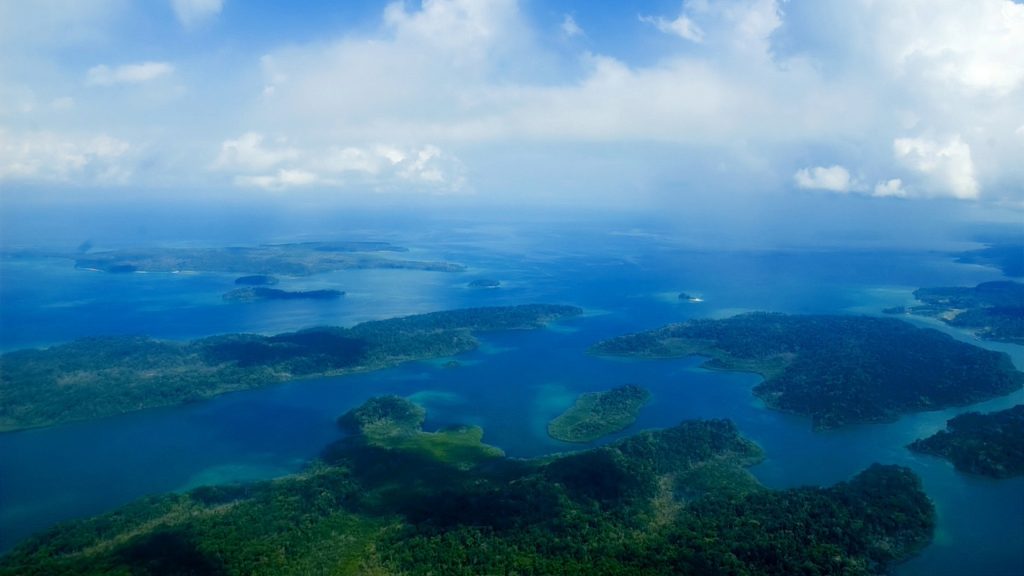
Uncontacted tribes like the Sentinelese exist worldwide, from the depths of the Amazon to isolated islands. Some of them simply avoid modernity, while others actively fight against anyone or anything they consider to be not of their tribe or their culture. Their responses are very human and mirror many modern-day thoughts.
The future is uncertain for the Sentinelese. They are a tribe trapped in a bubble of their own creation, fending off the encroaching complexity of modernity with axes and arrows. As it stands, it’s still not a good idea to try to contact them since they’re more likely to shoot you than to speak to you.

